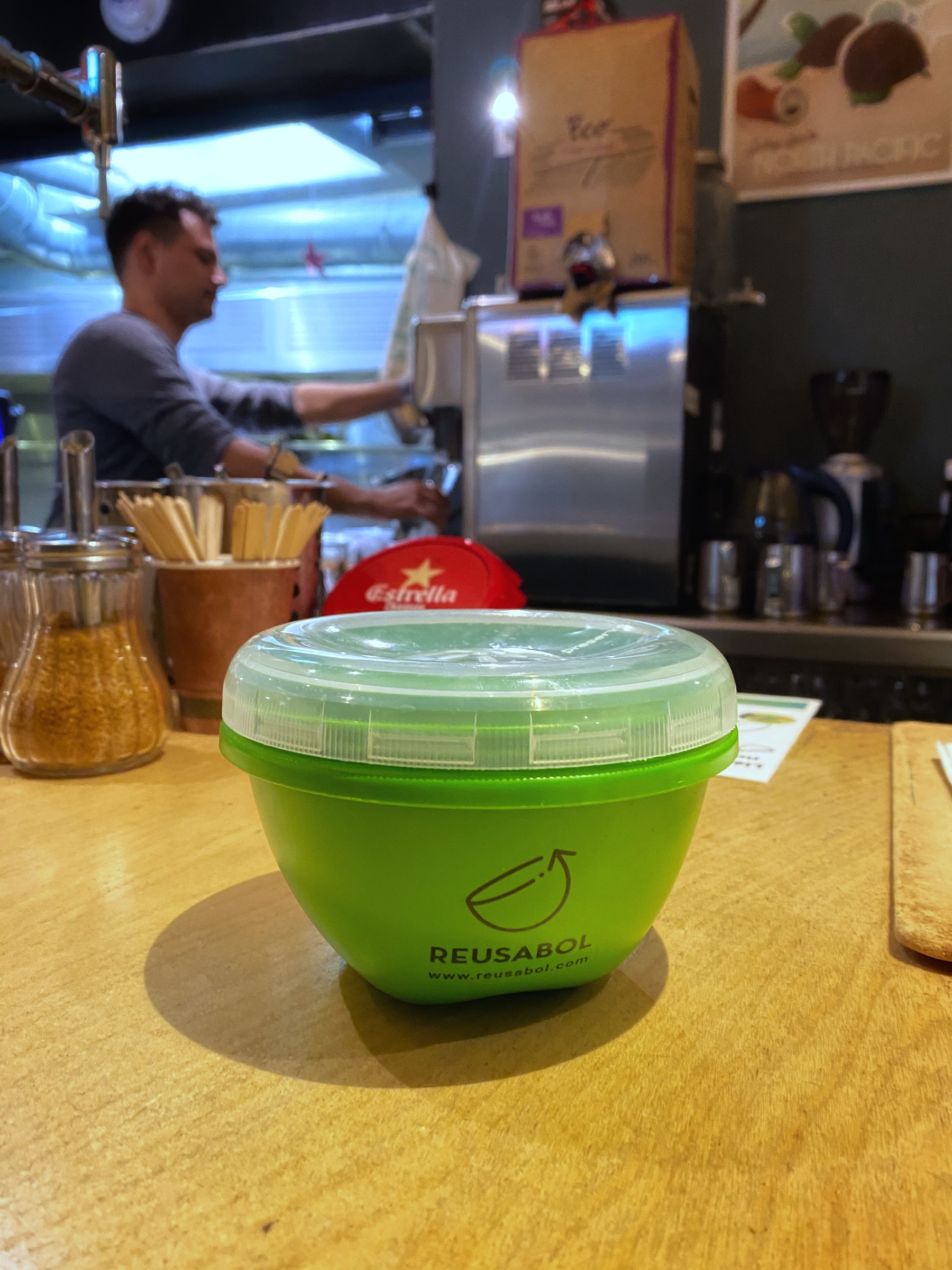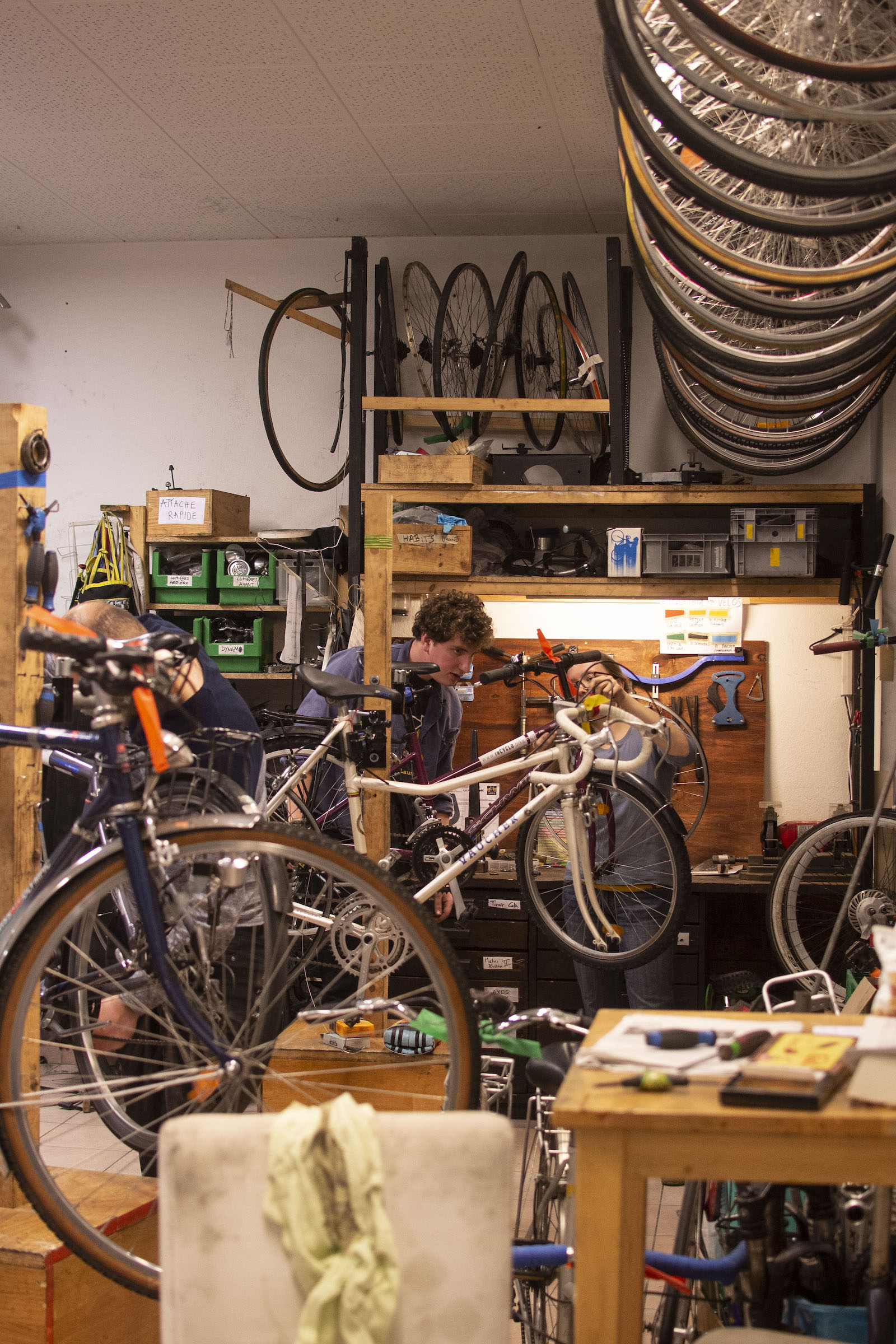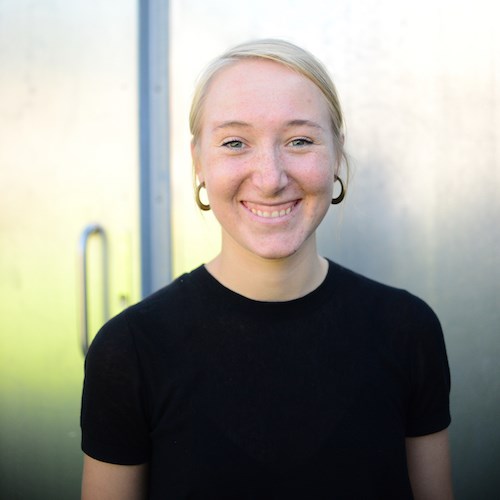Why are these projects important?
What does regenerative agriculture projects or libraries of things have to do with you? If you, like me, work within the IT-sector, these projects can feel a bit distant. Like something we might get involved in on our spare time if we find them interesting, but otherwise lingering far away from our daily work life. Here are some reasons why I believe these projects can tell us something important:
They show the value of in-person, not just digital
We are entering a time where we are starting to understand that screens can’t solve all our problems. On the contrary, they actually cause problems when we use them to replace deeply human needs like social interaction and friendships (if you haven’t seen the documentary The Social Dilemma, do it). Many of the projects from The Circular Trip are about meeting in a physical space. And even though Corona is making this more difficult at the moment, the deep need for social interaction and using our bodies is still there. I would love to see technology being used to support this instead of replacing it. Precious Plastics are a great example of this, connecting likeminded makers and equipping them with open source tools and inspiration – through technology.
They give a glimpse into a hyper local future
Imagine putting all of these projects together in your neighbourhood. It would make it a lot easier to live more sustainable, wouldn’t it? You could buy your lunch in a non-disposable container instead of one that lasts for thousands of years. Borrow a speaker system for your party or a tent for going camping with your kids instead of buying one. And while we talk about kids: Why not borrow toys instead of owning all of them? Proximity and physical presence is important to make a service convenient, and neighbourhoods hold a great potential here.
They highlight a culture that is sorely needed
These projects first and foremost tell us a story about a culture that is on the rise and has been for a while. A culture with a strong will to contribute to making change, by doing their bit on a grassroot level. Collaboratively. Hands on. Climate friendly.
The challenge of global warming is a strong motivator for a lot of us. And circularity acts as a method to come up with new, sorely needed solutions. The tools are the same whether you are a grassroot organisation or a company with employees: a design thinking mindset that puts resources into a system and designs out waste.
Tech, user experience, and business design are at the core of what we do at Valtech. We help our clients redefine how to create value for their customers through the latest technology. We have an important role to play in the transition to a circular economy. Feel free to reach out if you are interested in learning more about circular design and explore your circular opportunities together with us!
Read more on the topic Circularity












